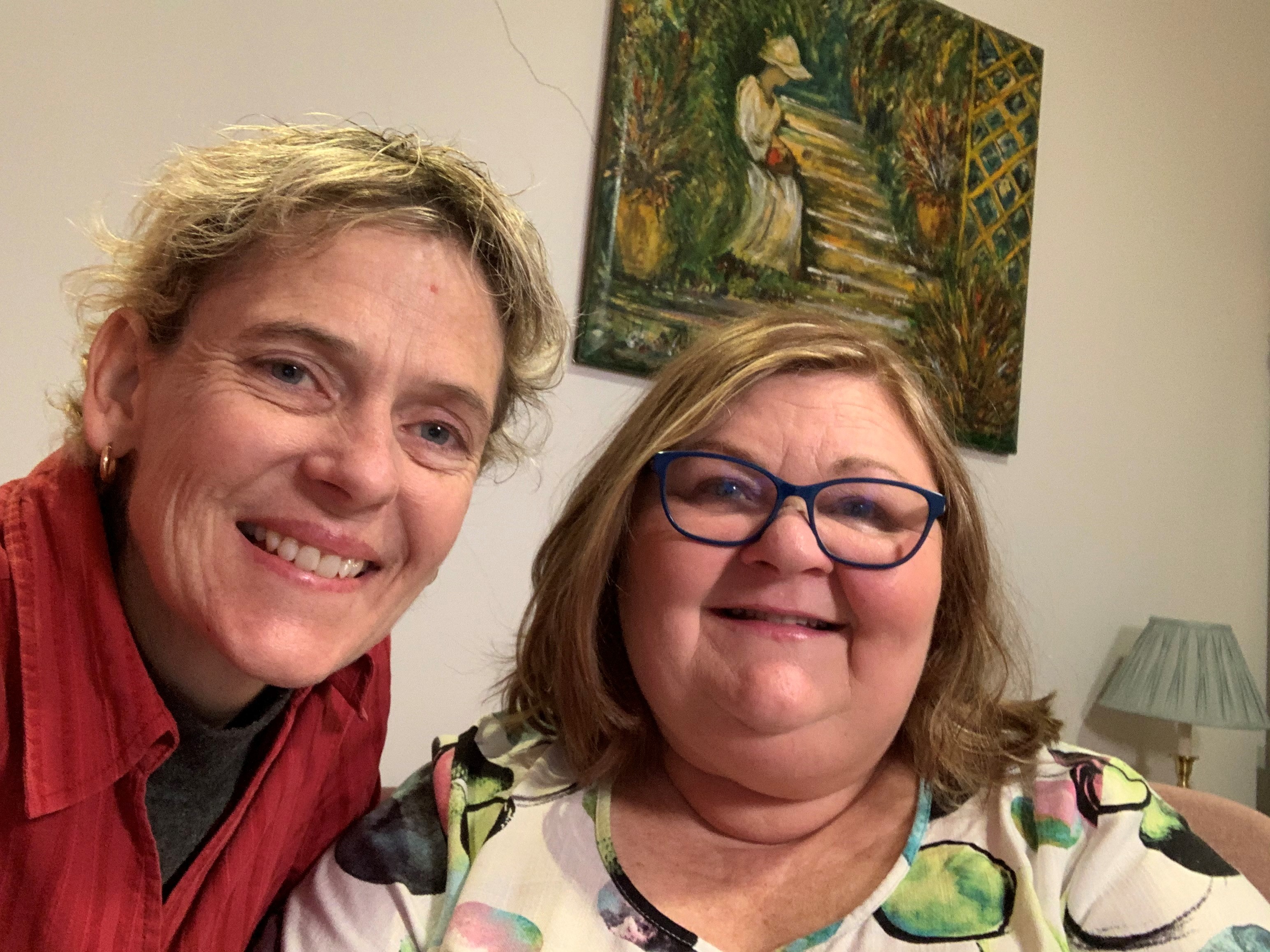The words we use when talking about, or to a person, can cause harm even when it is not our intention. People with a disability can be subjected to the use of words to describe their condition, features or disability that label them as being:
- different
- not valued in the same way as people without a disability
- someone to be afraid of
- made fun of, or laughed at.
People with diabetes also feel the words used to describe someone who has diabetes and the issues attached to it as causing them harm.
It is not acceptable to cause harm to another because we have not considered how our words affect those other people. It is for this reason the EdHealth team takes care with the words they use when talking about, or to, people with a disability and/or diabetes.
For example:
- we don’t call a person crippled, instead we say, ‘person with a disability’
- we don’t use the word ‘diabetic’, instead we say, ‘person with diabetes’
- we don’t use the word ‘epileptic’, instead we say, ‘person with epilepsy’.
We follow and promote the Diabetes Australia A New Language for Diabetes to raise awareness about the impact the words we choose to use can have on people with diabetes. These guidelines are equally helpful when working with people with a disability.
At EdHealth, our team watches their language to demonstrate a positive way to work with people with disabilities and diabetes.
Resources
You need to be highly committed to change the everyday words you use to positive options. We recommend you focus on one word at a time. To help you with this change read the Diabetes Australia Position Statement on the topic, listen to the podcast show and video interview below. Then read through the tips for word change.
Language statement

Podcast
This episode of the P2 Diabetes Chat has Jayne Lehmann and Kirrily Chambers chatting about the power of language we use when talking to people with diabetes … It is a 31 minute listen and will give you a lot of food for thought!
Interview
Click! to hear Jayne Lehmann interview Kirrily Chambers about the impact language can have on diabetes care and people with diabetes.
(6 min 50 seconds)
Strategies to help you change your language.
- Brainstorm the negative words you would like to work on changing to more positive options.
- Choose one of the words and work on changing that one word.
- Write the new word/s on small cards and put them up where you will see them to remind you of the word you want to use.
- Why not tell a couple of people you trust about the word changes you are trying to make? Ask them to help you by listening out for when you use the ‘old’ word. Ask them to remind you by saying the new word each time you do it. These prompts will help you to remember to use the new word, in the early stage of this language shift. The advantage of this strategy is the potential to also influence them to also make the word change!
- You could also discuss your plan with your work colleagues to see if anybody else would like to do this with you. Always easier when others are making the change too.
- Don’t forget to also use the positive words in the writing you do.
- In time, you may want to go back and look at the written information you have for clients and update them to the new, positive language. This provides a consistent approach to your positive language choices.


